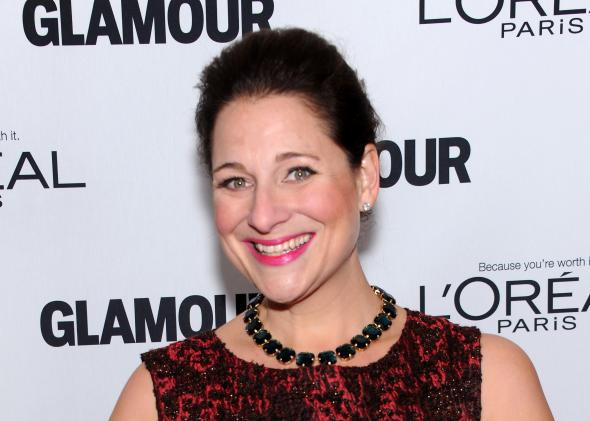In an interview with the Hairpin this week, best-selling author Jennifer Weiner discussed the pinkish-gray area between serious literature and chick lit. When it comes to marketing, she said, an author’s picture is worth a thousand literary judgments:
If you’re smiling in your (color) author photo, it’s chick lit. If you’re smirking, or giving a stern, thin-lipped stare in your black-and-white picture, and if you go out of your way in every interview to talk about how “unserious books do not deserve serious attention,” then it’s literature.
These comments exist within a larger crusade Weiner has waged to get the literary world to take fiction written by and for women more seriously. It’s a campaign founded in a very real under-representation of such literature in publications like the New York Review of Books and the New Republic. But many have found her campaign off-putting—either overly self-promotional,unfair to women writers who are counted among the literary elite, or a conflation of women’s fiction with commercial fiction. I’m not going to rehash that debate. But I am going to rather unscientifically examine Weiner’s claim about the all-telling author photo.
If she’s right, then female authors of chick lit should have smiling color photos, while female authors of “serious literature” should be dour and colorless on their book jackets. Since it’s hard to be completely objective about categorizing a book as one versus the other, I used the ultimate arbiter of literary classification: Amazon.
Amazon includes among its “Literature and Fiction” category a sub-category called “Women’s Fiction” (a euphemism for chick lit) and another called “Literary Fiction” (a.k.a. the real stuff). “Women’s Fiction” has a handful of sub-sub-categories, including “African American,” “Divorce,” “Domestic Life,” “Friendship,” “Single Women,” and “Sisters.” “Literary Fiction” is not broken down further.
To conduct this study, I compared the photos for the top 20 best-selling female authors in “Women’s Fiction” with the same group in “Literary Fiction.” If they didn’t have a photo, I skipped them and moved on to the next one. If they appeared twice within the top 20, I only counted them once.
On the first count, smiling versus unsmiling, Weiner was right. Sort of. Seventy-five percent of “Women’s Lit” authors were smiling, compared to 55 percent of “Literary Fiction” authors. But if you look at not just whether someone’s smiling, but with how much gusto, of the shiny, happy writers, 60 percent of chick lit authors bared their pearly whites, while more than 70 percent of the literary writers did. The chick lit writers smiled more often, but when the literary writers smiled, they did it with abandon.

Photos courtesy of (left to right): Atria Books, Gallery Books, William Morrow.
On the second count, color versus black and white, she was wrong. Both groups had the exact same percentage of black and white photos. Only a small group of authors, 10 percent, forwent color for something a little more timeless. Fifty shades of gray have been supplanted by the advent of modern photography, and authors are taking advantage.
For comparison’s sake, I looked at the top 20 best-selling male authors of “Literary Fiction” (note that there is, as Weiner pointed out in the Hairpin interview, no separate category for “dick lit”). It turns out that these men, first of all, are a generally joyless bunch. Only a quarter of them chose to smile for their readers. A few of them, in fact, go all in for the scowl. They are also much more into the old school black and white approach, although that may be because so many of the best-sellers belong to dead white guys who weren’t around for Kodachrome.

Photo courtesy of (left to right): New Harvest, Vintage Books, William Morrow.
Perhaps the most unexpected result was the prominence of the smirk. Weiner claims that the smirk is a hallmark of literary marketing, but it is actually much more pervasive. Amazon allowed me to divest the responsibility of classifying chick lit versus serious lit, but it did not make the smile classification process more objective. The line between serious-face and smile is thin, and many authors—no matter the gravity of their subject— appear inclined to avoid the decision entirely by going for a full-on, indecipherable smirk.

Left to right: Gillian Flynn, Meg Wolitzer, and Courtney Maum. Smirking or smiling?
Photos courtesy of (left to right): Broadway Books, Riverhead Trade, Touchstone.
Weiner smiles toothily in her photo. It’s the kind of smile your mom might tell you to tone down because it will give you wrinkles. She grins not only from her mighty position as number one in “Women’s Fiction,” but also from her fourth place perch on the “Literary Fiction” list. In a world where chick lit and serious literature can be confounded, where a smirk can be so easily mistaken for a smile, maybe it’s time for a complete game-changer. Maybe it’s time to abandon the author photo entirely, and replace it with the author GIF.
